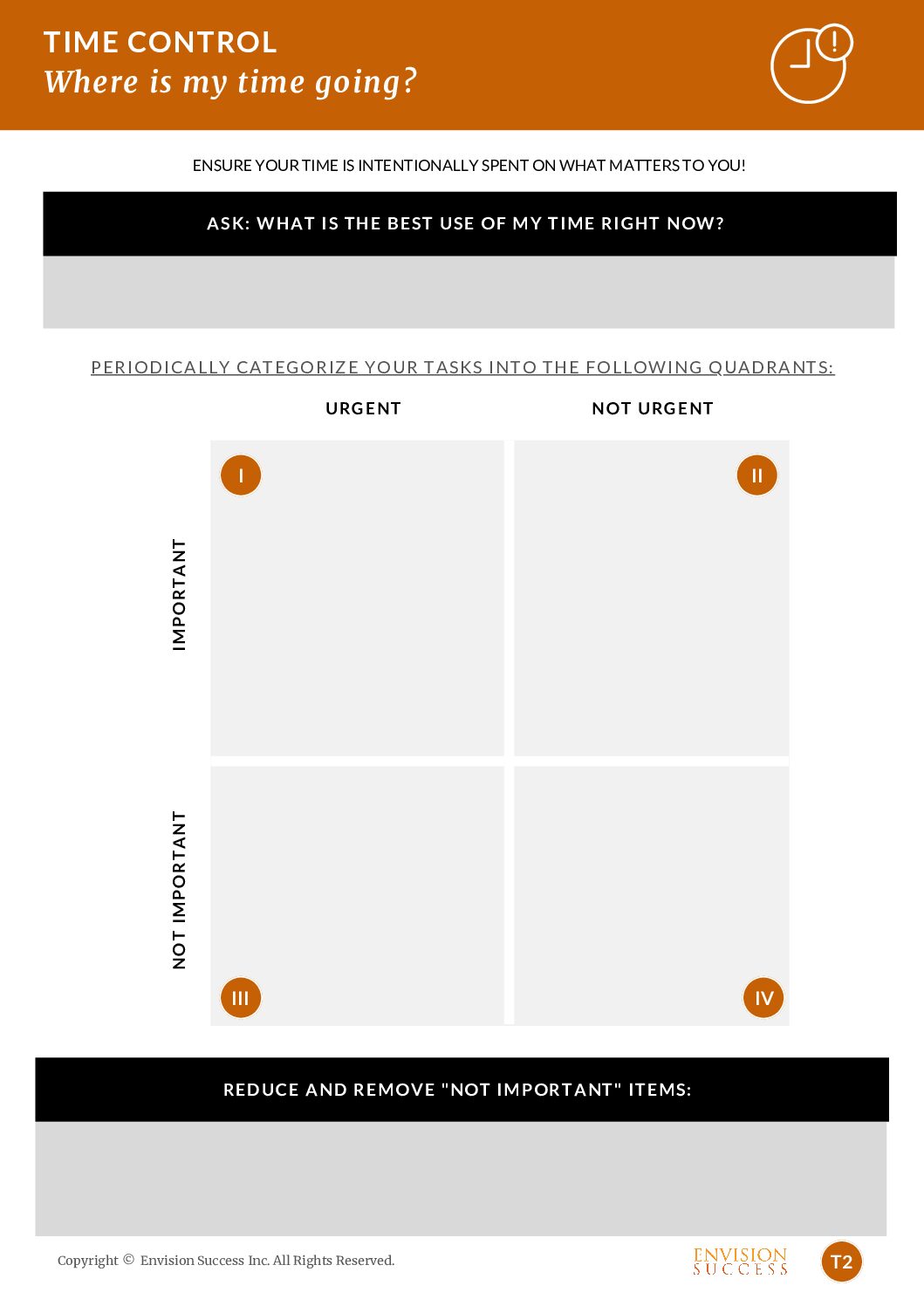If you’re looking for a quick option to feeling back in control, managing your workload, or a way to stop stressing about too much work, use these 4 steps to shift within minutes.

Stop Stressing About Too Much Work
If you've been wishing you had more time to get work done, this post is for you. You don't actually want more time to work, you want to feel in control of your workload so you can get to the things that truly matter to you...
What I've found over years of working with leaders, there is a topic that almost always feels relevant, regardless of the level of success they achieve. Actually, it's several topics that I categorize under "Productivity." (It's so important, I devoted 5 chapters to it in Lead With Moxie!)
Practically everyone I know wants to be more productive, to be more effective in less time, and do more of what they love!
In this post I’m sharing some steps you can take any time you are feeling overwhelmed, lost, stuck, or like you're trapped in a time-crunch loop. (Does it feel like Groundhog Day yet?)
For most people challenges with productivity are related to their stress level – whether it’s stress over something else that is contributing to the situation of being overwhelmed – or if much of the stress is caused by overwhelm or feelings of failure from a lack of time for what matters most...
Ready to feel a sense of "Relaxed Control?"
This post is all about a quick reset for when you need it --but if this is an ongoing issue for you, consider these other resources on common causes for feeling crunched for time, unproductive, or perpetually challenged by procrastination:
•Lack of Clarity
•Lack of a supportive calendar structure
•Stuck in a procrastination cycle
Either way, I will walk you through how to go from feeling stressed to feeling in control, in a short amount of time.
This is part of a way of life I call Relaxed Control.
See also a related post on The Coach Space on Relaxed Control: the key to stress-free leadership.
How to Go From Feeling Stressed To In Control – Fast!
Step 1. Define
It’s time to stop and assess.
When you realize you feel overwhelmed or stressed out by the amount of things to be done, take a moment to define your situation in 1 sentence. Saying it aloud reduces its stress-inducing power. Don't believe me? Try it now.
- What has you feeling stressed or overwhelmed?
- How would you describe it to someone else?
- Now try restating it in 1 sentence containing only facts, without opinions or exaggerations
As an example, if you’re feeling overwhelmed by piles of to-dos and beginning to be bitter about others relaxing, you might have a realization as you articulate your situation. “I am mad at myself for not getting this stuff done faster and starting to resent how other people seem to have it easier.”
Congratulations! You've already started gaining control by adjusting your perspective...
These 4 steps to go from feeling stressed to feeling in control -in minutes- are part of a way of life I call Relaxed Control. It's easier to attain than you might think!
Step 2. Desire
Remind yourself of the result you're hoping for.
What do you ultimately want in your life? What do you want to see happen in your work? Take a quick look at your biggest goals and very top priorities to remind yourself what you hope to achieve. This is most effective if you have identified 1-5 main goal(s).
A quick review will help you automatically start to prioritize what’s on your list.
Reflecting on what’s truly important to you is priceless! It's like plugging in your destination to GPS. Consider driving or walking around without a map, and being frustrated. Yep, even with your workload and to-do lists, keeping in mind your desired "destination" will help you get there faster...
If you haven't set specific goals in awhile, you're missing out on the incredible power of knowing exactly what you desire to create. Not only is it fun to consider the possibilities, purposeful goal-setting essentially plants a seed in your subconscious, subtly guiding you to make decisions more automatically in line with what you want. (See related posts on goals.)
Step 3. Distinguish
Treating everything as urgent is a bad habit some people fall into!
Acknowledge that not everything can be top priority. When you’re in a state of overwhelm or mental or physical fatigue (or maybe you’re hangry), you may feel like everything as equally urgent. Your ability to distinguish the true importance of tasks may be more difficult when stress-related chemicals are affecting your brain's performance.
Gain perspective by looking at the bigger picture.
Fortunately, taking a few minutes to distinguish between high priority tasks and time-wasters can turn any day into a productive one. First, take a couple of deep breaths to increase oxygen and relax tense muscles. Then divide your immediate to-dos into 4 buckets:
- Important + Urgent
- Important + Not Urgent
- Not Important + Urgent
- Not Important + Not Urgent
The worksheet below shows a version of the matrix I discovered through Stephen Covey decades ago, or you may know it as the Eisenhower Box. This exercise (or something similar) can settle down common anxieties from feeling overwhelmed by helping you reestablish your priorities.
I've seen this work within minutes in countless coaching sessions where a client was feeling overwhelmed. As a result, they immediately felt better and could get back to work with purpose!

Step 4. Decide
Gaining clarity on what’s truly most important to you helps reduce stress. It's like reorienting to the North Star when you're lost. But knowing where you are isn't enough.
To really feel in control, it’s time to decide the best way forward.
Asking yourself questions like these will help you confidently decide what to do next:
- Which action(s) or task(s) will you focus on to be your most effective?
- What will help you achieve your desired professional or personal vision?
- Which 1-3 items MUST be completed next to stay on track with what truly matters to me?
- “What is the best use of my time right now?”
The more you use this quick reset, the faster you’ll be at it, and the calmer you will be.
When you’re overwhelmed and stressed, it is harder to justify taking even a few minutes to gain control, but the difference in your stress level is worth it. Even if in the beginning it takes you 20 minutes, the result is WELL worth it. Plus, as you get faster, it’s even easier to justify.
You’ll feel so much better and your capacity to get done what matters most will be boosted!
Share with me your thoughts and results from this post! Post in the blog comments below or tag me on social.
What is this post about? If you’re looking for a quick option to feeling back in control, managing workload, or for options to stop stressing about too much work, try these 4 steps to shift within minutes: 1. Define your situation briefly. 2. Clarify what you desire to accomplish. 3. Distinguish between tasks, according to urgency and importance. 4. Decide the best use of your time right now and take action!
